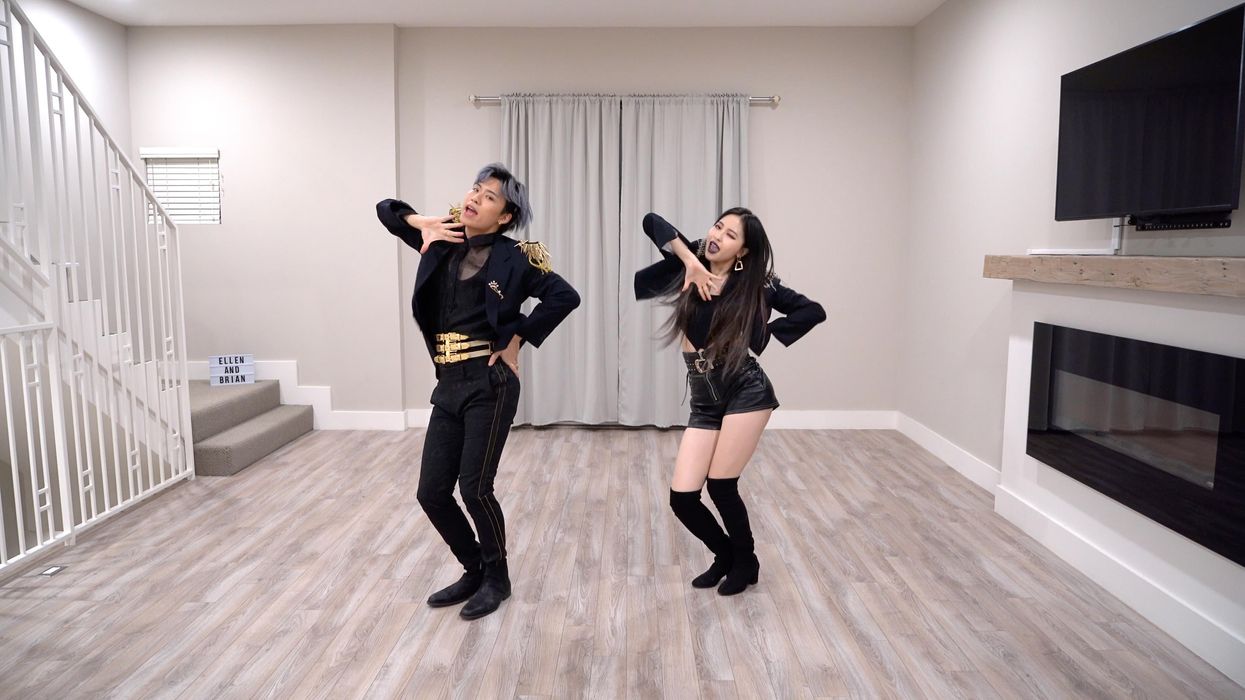The Art of the K-pop Dance Cover
The catchiness of K-pop choreography has sparked a subculture of fans learning the dances and sharing their covers on the internet. “It’s the biggest compliment and testament to what we’re doing that people are taking the time out of their lives to explore this passion,” says choreographer Kiel Tutin, who gets tagged in dozens of dance covers on Instagram each day. “They’re unknowingly learning from so many different choreographers and becoming really good dancers just from learning K-pop routines.”
The most successful cover dancers replicate the choreography with painstaking attention to detail, lip-sync the Korean lyrics and sport elaborate customized costumes. With approximately 3 million subscribers each, YouTubers Lisa Rhee, along with couple Ellen Min and Brian Li, have perfected this art form and earned enviable professional opportunities as a result. Rhee receives clothing for her videos from the online fashion retailer YesStyle, for whom she is an affiliate, and has collaborated with famous K-pop idols through her partnership with CJ Entertainment & Media. Min and Li teach for the online dance studio Steezy and other places. They also perform and host events at KCON throughout the United States and online globally.
Rhee, Min and Li shared tips for having fun with your first K-pop dance covers:
• To learn the choreography, “flip the video and slow down the speed,” says Rhee, who uses the Google Chrome extension YouTube Video Flipper. “Instead of music videos, watch a showcase performance, like Inkigayo, which will show the full body.”
• “Everything is in the face,” says Min. “One thing that makes K-pop stand out is the performance. I learn the dance, but I also make sure I learn what their faces are telling us. It helps to memorize the lyrics because it can help with the overall emotion.”
• “Do it with your friends,” says Li. “It almost feels as though you’re that idol group.” Since the average idol group has seven to nine members, K-pop choreography features complex blocking, as the formations constantly change to highlight whoever is singing. This means, in group covers, everyone gets a chance to shine.




